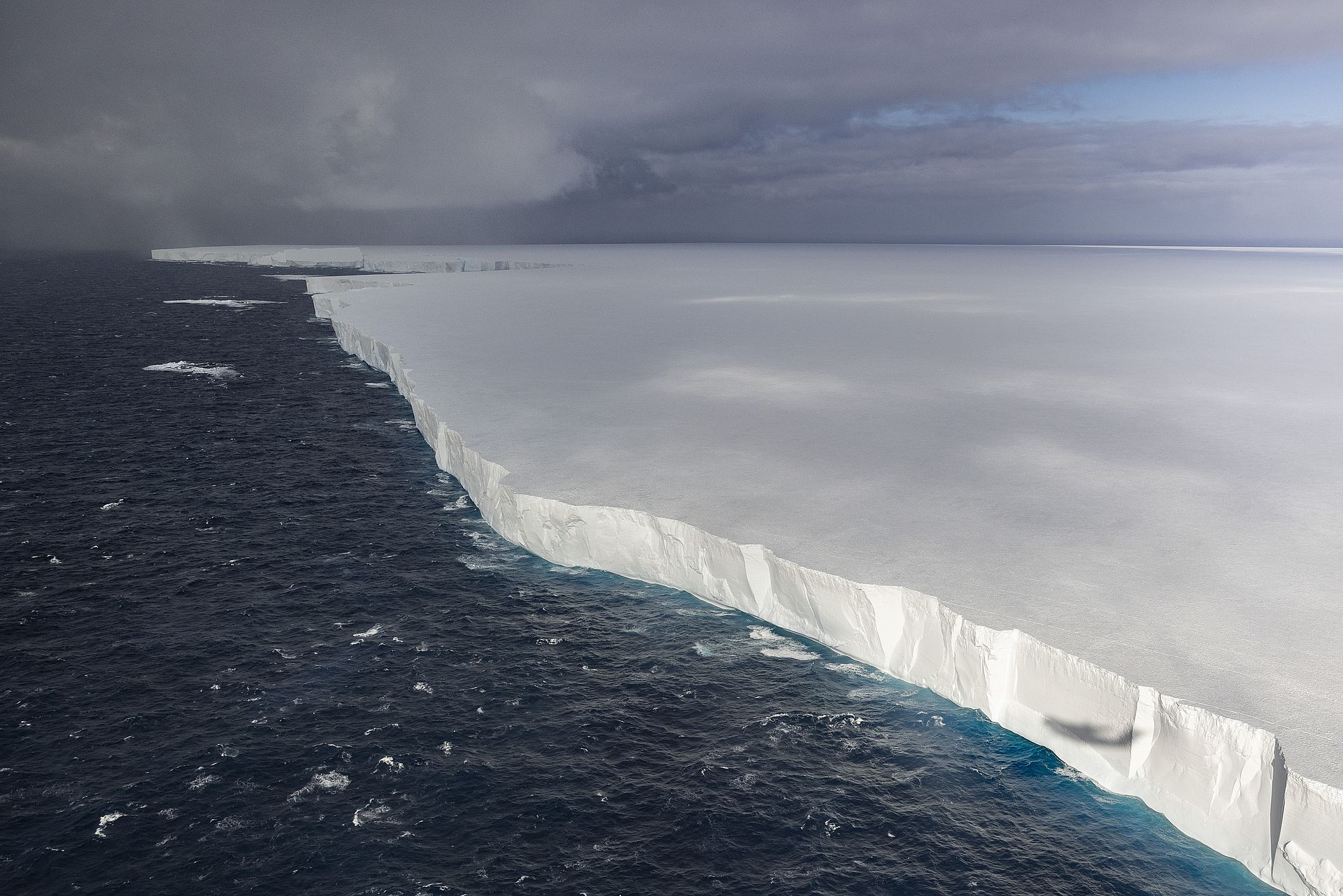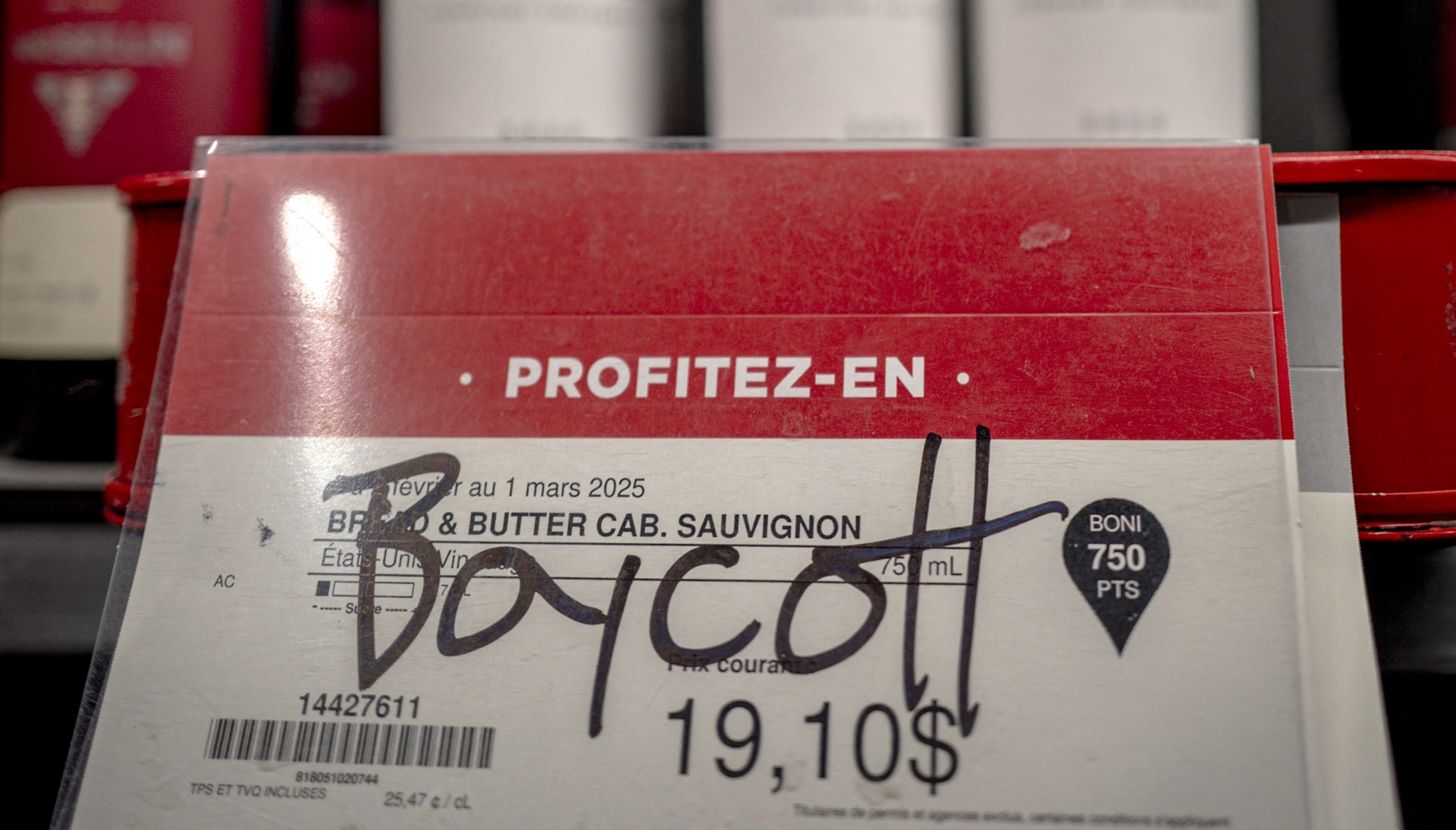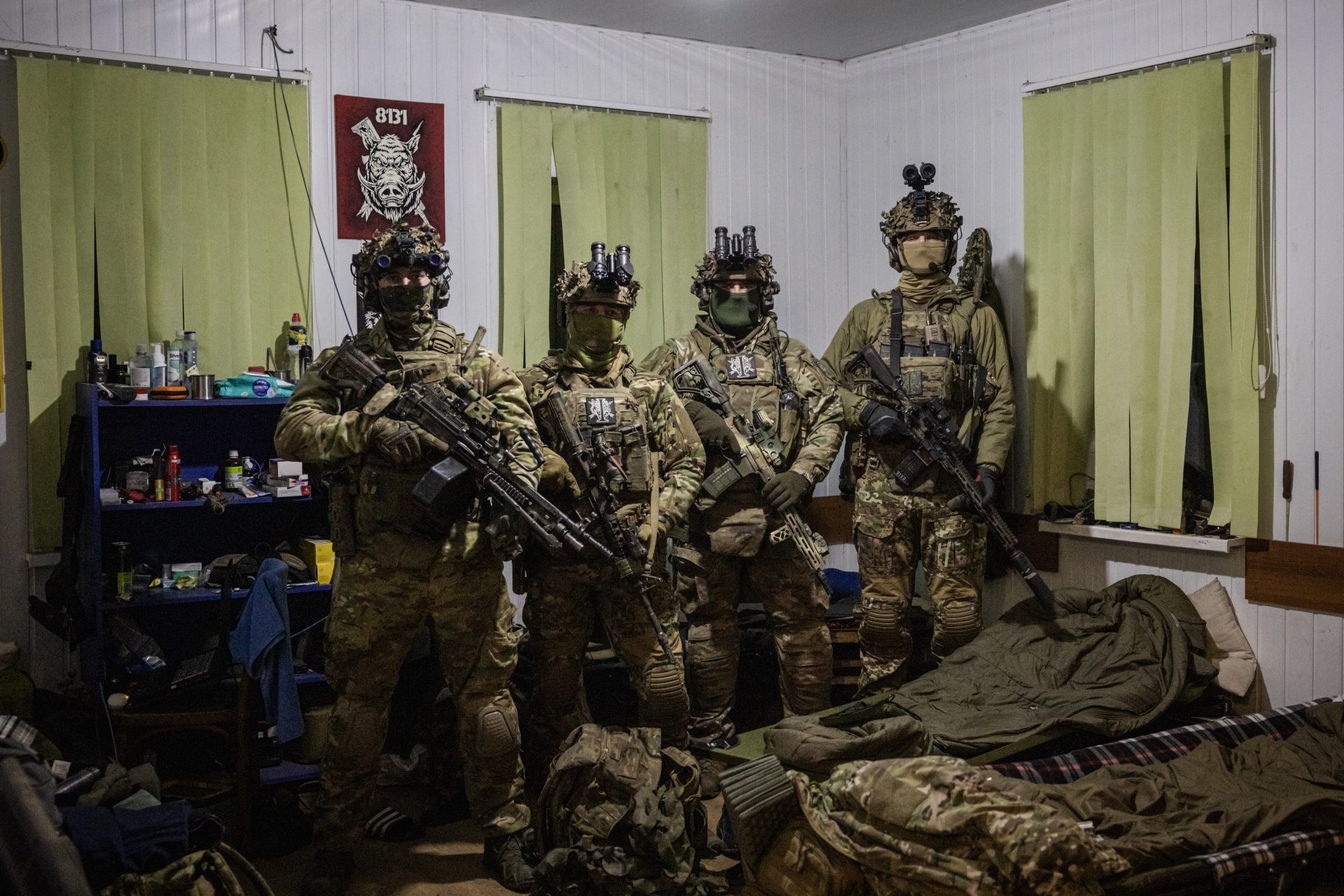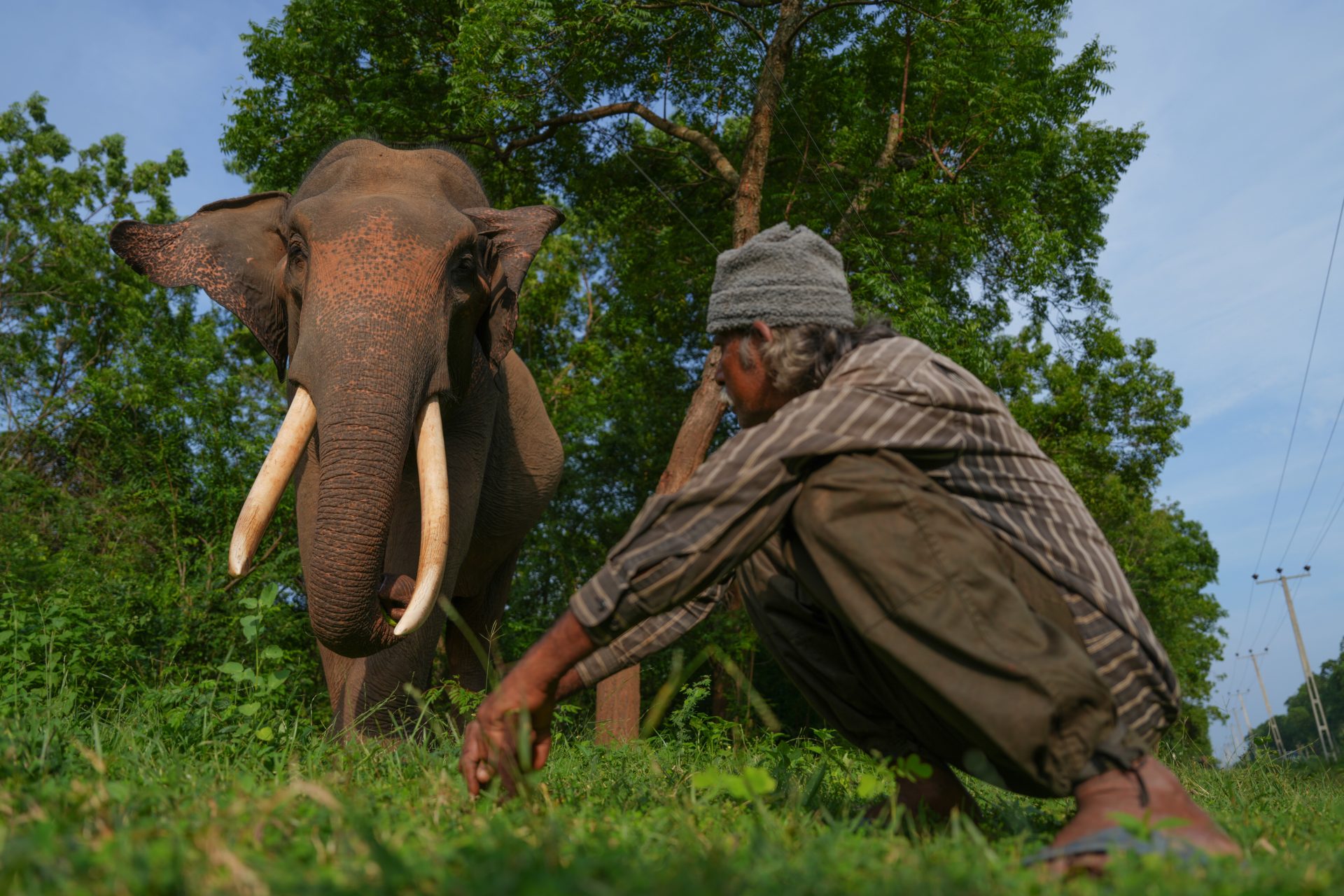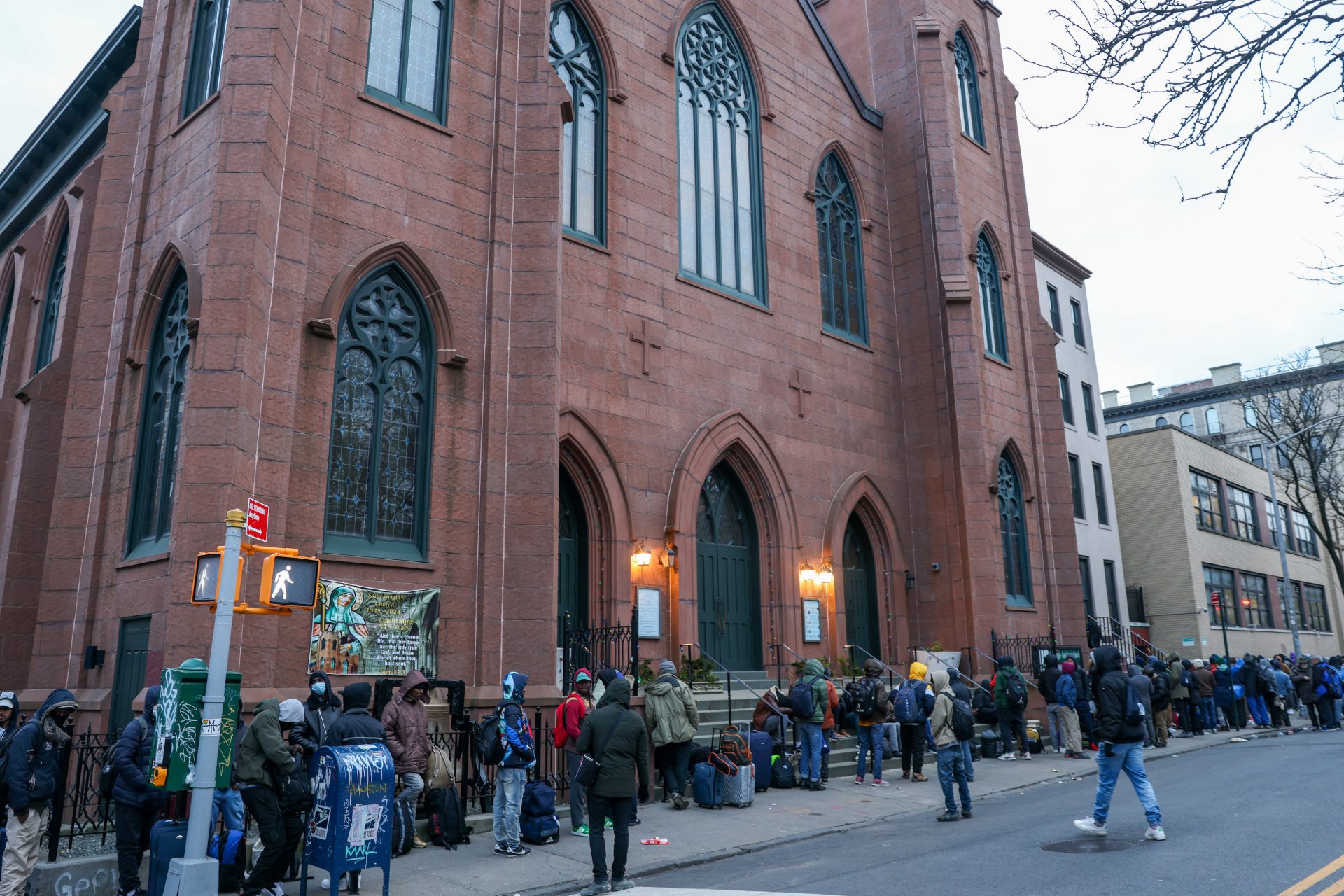Photos: extreme drought in western Europe
European countries are suffering from an unprecedented drought. Rivers have extremely low water levels, like the Waal river near the Dutch city of Nijmegen in this photo, causing freight traffic to slow down or stop entirely.
The troubled European rivers include the French Loire, which at some points has reached its lowest water level in 200 years. Elsewhere in France, the Serre-Ponçon lake in the Alps is 14 meters below its optimum level.
As Spain suffers its worst drought in 60 years, according to sources on The Weather Channel, the Guadiana river in the central-western region of Extremadura has completely dried up at some points.
"Most of southern and eastern England had just a tenth of their average July rainfall this year," The Guardian explained on August 19. "Despite the heavy rain and thunderstorms that have hit the UK this week, several areas of the country remain in drought."
Uncanny scenes include this one, of tree skeletons in Colloford Lake in Cornwall, where water levels are at their lowest since 1995.
As The Independent reported in mid-August, the famous Lake Garda in northern Italy was "losing 2cm of water a day." The result is evident in this photo from August 16, showing the peninsula of Sirmione with a dramatically receded Garda shoreline.
The Rhine, running from Switzerland through The Netherlands, has reached historic lows in places like Emmerich, Germany. In the river Elbe, so-called 'hunger stones' mark earlier unfortunate periods of dangerous drought in Europe.
As western European countries head into yet another week without a forecast of rain, Utrecht University's Niko Wanders (on Dutch BNR radio) says the situation is 'worrying.'
The drought combined with high temperatures (July 2022 being one of the five hottest Julies in European history, per Belgium's VRT) can produce curious images, such as this one, of people looking to cool off on a pleasant, extensive Waal beach near Nijmegen, The Netherlands. Yet, the reality is not so pleasant.
Experts such as Niko Wanders warn that the drought is dangerous for both the environment and the economy. While intense heat waves may become more frequent in future summers, drinking water can become scarce. In addition, protective dikes are likely to weaken, causing floods like the ones we saw in these same regions of western Europe last year.
With weakened levees, flooding becomes more frequent when it starts to rain again. Here in Rochefort, the river Wamme is currently dry. Around the same time last year, the region was under water after heavy rainfall.
While floods may be a long-term risk, in the coming days, experts fear that the Rhine will lose up to 30 centimeters and sink to a critical level. At that point, it is no longer profitable for cargo ships to take the waterway, and the transport of important commodities, such as coal, will come to a halt.
The water level is not to be confused with the fairway. The river Rhine in the German town Emmerich needs to be 1.80 meters deep for commercial shipping to continue. If the water level goes below that, ships will be unable to load enough cargo to make a profit without getting stuck in the river bed.
"Companies are preparing for the worst because of the Rhine crisis," the Frankfurter Allgemeine newspaper stated on August 16. At that point, only half of the usual cargo ships were able to travel between Germany and Rotterdam. The route by water is essential for coal transport to steel producers and energy companies.
Meanwhile, ferries have had to stop crossing the river, including in cities such as Cologne or Mannheim.
In August 1998, a level of 1.81 meters was measured in Mainz. At the time, it was considered an "extraordinary low" because the usual water level in summer was over three meters. By now, the Rhine is very far from that point.
Historical artifacts or monuments that had long been under water, resurfaced due to extreme drought. In Italy, a Roman bridge appeared in the Tiber, a World War II bomb in the river Po, and remains of a 100,000-year-old deer surfaced in dried-out parts of Lake Como, The Guardian reports. In Spain, an 11th-century church has become clearly visible in the Sau reservoir.
Water in the Sau reservoir, in the northern region of Catalonia, is at 37% capacity. The waterbody "provides drinking water to more than three million people in Barcelona and irrigates farms in northern Catalonia," Vice reports. "If there is no significant rainfall soon, Barcelona will have to bring in water restrictions, such as limiting supplies to households."
In Caceres, Spain, at the Valdecanas reservoir water levels are so low that The Dolmen of Guadalperal, sometimes also known as "The Spanish Stonehenge" can be seen. A prehistoric circle of nearly 100 stone megaliths, the site is believed to date to 5,000 BCE and is normally underwater.
Historic drought also affects the river Elbe, where so-called hunger stones have reached the surface. They owe their name to the fact that low water levels in the past were often followed by famines.
The photo shows a hunger stone in the Elbe in 2018.
People would carve dates and messages into the stones to indicate that any water level below their height was dangerous. This stone, surfacing in the Elbe this summer, says: "If you see me, then weep."
The photo with the ominous message was published in a tweet from @herzgerausch.
As the hunger stones suggest, a lack of rain and extreme heat are a nightmare for agriculture. Here, a dry wheat field in the German Hanover region is harvested.
It looks just as terrifying in the German region of Brandenburg.
Besides wheat, crops like maize or potatoes, whose harvest is starting later, "will suffer from the high temperatures," a spokesperson for German farmers said in the Neue Osnabrücker paper.
If it doesn't rain in the near future, "there will be big losses here," the German spokesman said. The damage is already visible in Belgium. Potatoes have dried out before they can be harvested.
July and August 2022 are already the driest ever recorded, the Belgian Meteorological Institute reports. As a result, there is less water available and plants have to make do with fewer nutrients. An example is this sugar beet field in Beervelde, Belgium, on August 14.
Grapes on July 11 in Iphofen, Germany. The month of June saw less than 10 liters of rain per square meter in this region.
A sprinkler is used to try and save a lettuce field with artificial irrigation.
These zucchini plants in a vegetable field in Bavaria also need to be watered artificially.
Not far away: a strawberry plantation. Drops of water from an artificial irrigation system cover the black wrapper under which the fruit grows.
A cyclist near Nijmegen, Netherlands, sees what is occurring in great parts of western Europe: the grass is not green, but brown.
In this photo from Berlin from June 2022, the meadow in Spreebogenpark, opposite the main station, is being watered.
The forests are also suffering - and the risk of fire is increasing dramatically.
'Angeln verboten!' says this sign - 'Fishing prohibited!' Apparently, there used to be water and fish here...
According to The Guardian, scientists warn that the drought could be "the worst in 500 years." The consequences for crops, river traffic, power plants, industries, and fish will be devastating.
More for you
Top Stories





































